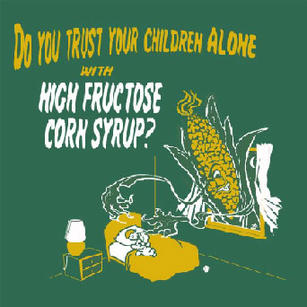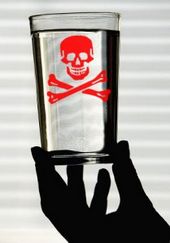
Danielle Brooker from Barmin in Kent was at home on October 20 when she complained of cold symptoms.
Later that day she developed a headache and by the following evening she said she couldn't feel her hands and legs. Within a few hours Danielle had a fit and collapsed into unconsciousness at home.
She was taken by ambulance to Maidstone Hospital and later transferred to the specialist neurology unit at King's College Hospital in London.
Efforts to save her failed and at 11.15pm on October 22, with her mother Sharon, her brother Danny, her uncle Gary, and eight of her friends gathered around her bedside, she was pronounced dead.
The cause of her death was given as a brain infection.









Comment: To learn more about bisphenol A's toxicity, see for instance:
Human Placenta Cells Die After BPA Exposure
BPA May Increase Kids' Asthma Risk
Puberty in Girls Hastened by Harmful Chemicals
BPA Plastics Chemical Damages Intestines, Study Shows
UK Scientist Raises BPA Alarm
Bisphenol A (BPA) May Affect Testosterone LevelsBisphenol A Has Not Gone Away
New Study Confirms Bisphenol A Found in Plastic is Linked to Heart Disease
Bisphenol A (BPA) Found In Many Plastics May Cause Heart Disease In Women, Research Shows
Bisphenol A Exposure Dangerous for Human Heart and Reproduction
Bisphenol A, Chemical Used to Make Plastic, Lingers in Body
Bisphenol A Linked to Metabolic Syndrome in Humans
Bisphenol A (BPA) Declared Toxic by Canada
In addition, a research team in Toulouse has just confirmed that bisphenol A in receipts could be absorbed into the body through mere contact with the skin.